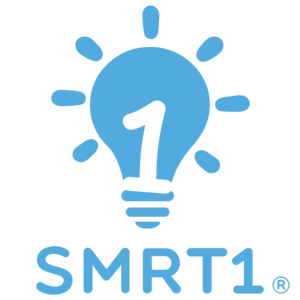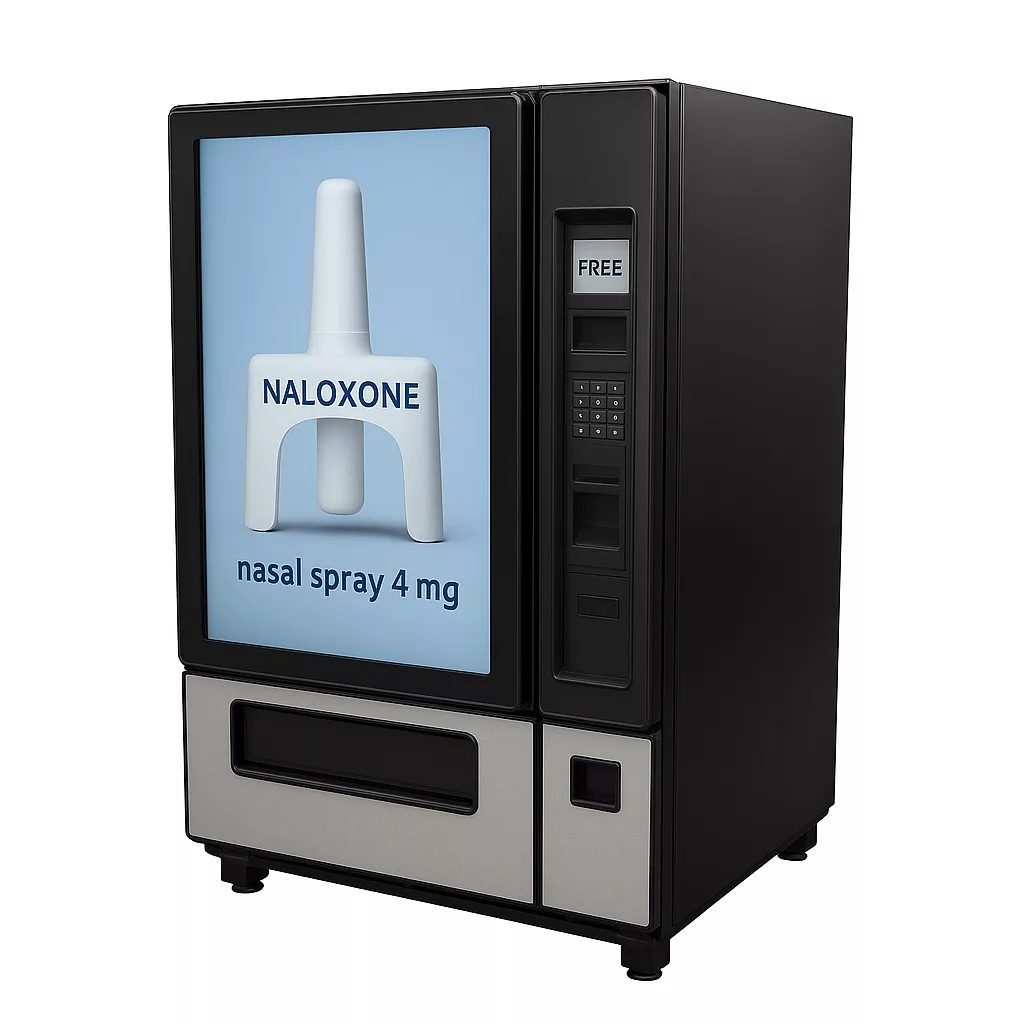The opioid overdose crisis in the United States remains a public health emergency, claiming approximately 150 lives every day. National leaders from President Trump to Health and Human Services Secretary Robert F. Kennedy Jr. have emphasized treating this crisis as a top priority – even as a “national security emergency” – under the Make America Healthy Again agenda. In this urgent fight, innovative technology is emerging as a game-changer. Smart health vending machines like the SMRT1 CARE POD offer a cutting-edge way to get life-saving tools and information directly into communities, complementing broader policy efforts to end the overdose epidemic.
Smart Health Vending Explained: A smart health vending machine is no ordinary vending kiosk. It’s a cloud-connected, interactive dispensing system that can securely store and deliver critical health supplies on demand. Unlike traditional vending machines, these SMRT1 CARE PODs feature large touchscreens and internet connectivity, enabling them to do much more than dispense products. For example, a SMRT1 CARE POD can:
-
Provide 24/7 access to vital supplies: Naloxone (Narcan) kits for overdose reversal, clean syringes and safe injection kits, fentanyl test strips, wound care items, condoms, and even HIV self-test kitssmrt1.ca – all available any time without needing a pharmacy or clinic visit.
-
Offer on-screen guidance and education: The built-in touchscreen can display videos on how to administer naloxone, show alerts about local fentanyl-tainted batches, and connect users to information on nearby shelters or treatment services. This turns the vending machine into a mini health hub, not just a dispenser.
-
Use data to improve care: Each interaction can be logged (anonymously) to gather data on what items are in demand. Health officials can analyze usage patterns to understand community needs and respond effectively. This data-driven approach aligns with the push for “radical transparency” in healthcare and evidence-based policy solutions.
Policy Backing and Relevance: The introduction of smart health vending comes at a critical time. The opioid Public Health Emergency first declared in 2017 under President Trump has been continually renewed – most recently extended by Sec. Kennedy Jr. in early 2025 – underscoring an ongoing commitment to expand access to care and prevention. Federal initiatives have highlighted the need for innovative strategies: from supporting new technologies to expanding treatment in hard-hit areas. Even back in 2018, the Trump administration’s opioid initiative stressed “expanding opportunities for proven treatments” and encouraging innovative technologies in the fight against addiction. Smart health vending machines fit squarely into this vision by bringing treatment and prevention tools to the people, wherever they are.
Community leaders are increasingly recognizing that technology can help save lives now. In fact, a recent study in Philadelphia found that public vending machines stocked with harm reduction supplies could be a feasible and acceptable way to reduce overdose deaths and disease transmission in the opioid crisis. SMRT1’s own experience in Canada supports this: nearly 50 SMRT1 PODs have already been deployed across Canadian cities, providing free, around-the-clock access to health essentials. These deployments are “on the front lines of this epidemic,” delivering a “24/7, judgment-free, and confidential service to those affected by the stigma” of addiction. The result has been thousands of successful interventions – over 1,500 naloxone kits and 19,000 other harm reduction supplies dispensed, in just 11 Canadian pilot locations.
SMRT1 CARE POD: Bridging Policy and Action: The SMRT1 CARE POD exemplifies how policy and technology can converge for impact. It translates high-level commitments (like ensuring naloxone availability and expanding treatment access) into on-the-ground reality. Each machine can potentially save a life by putting an overdose-reversing naloxone kit in someone’s hands at the critical moment. Each machine can also prevent harm by distributing clean supplies and health information, thereby reducing the spread of infections and providing an entry point to further care. By placing these PODs in strategic locations – from urban neighborhoods afflicted by fentanyl to rural towns with few clinics – communities create immediate access points that align with the national strategy to “reduce the number of overdose fatalities”.
Importantly, smart health vending is not about replacing traditional healthcare; it’s about augmenting and extending healthcare’s reach. It offers a practical, cost-effective way to strengthen the safety net. As one innovator put it, “In rural communities, these types of services… need to be everywhere, but typically because of dollars they’re not getting into rural communities”. A SMRT1 CARE POD installed in a community center or pharmacy lobby can fill that gap by bringing resources to places that brick-and-mortar services alone can’t always cover.
Smart health vending is proving to be a powerful tool in combating the overdose crisis – a tool that complements the U.S. policy momentum toward ending this epidemic. It’s an example of technology truly serving the public good, by providing anonymous, low-barrier access to care when and where people need it. To learn more about SMRT1 CARE POD deployments and how this solution can help your community “Make America Healthy Again” one life at a time, visit SMRT1 or contact our team. Let’s bring this life-saving innovation to every community in need, and together, end the overdose crisis.

